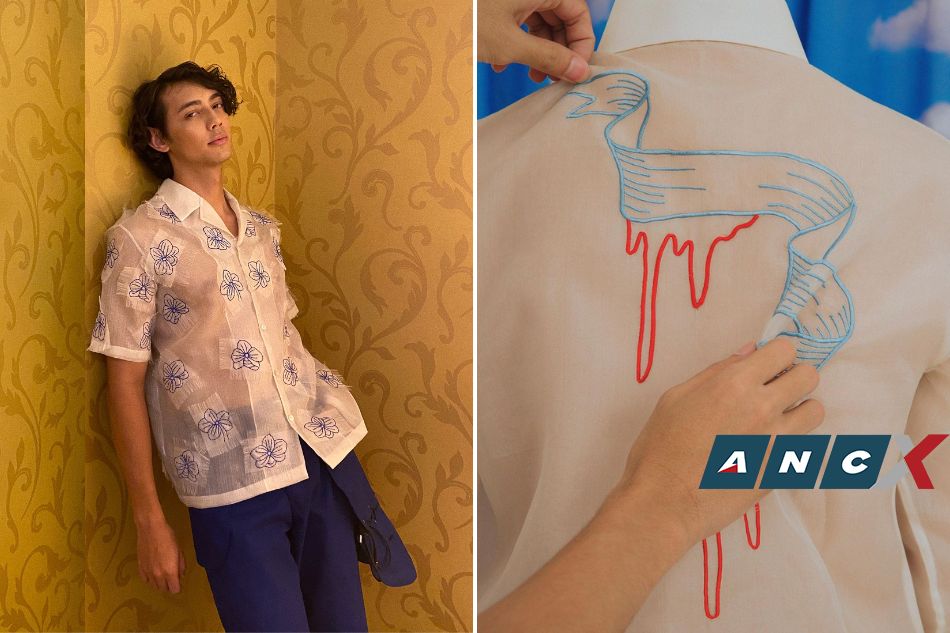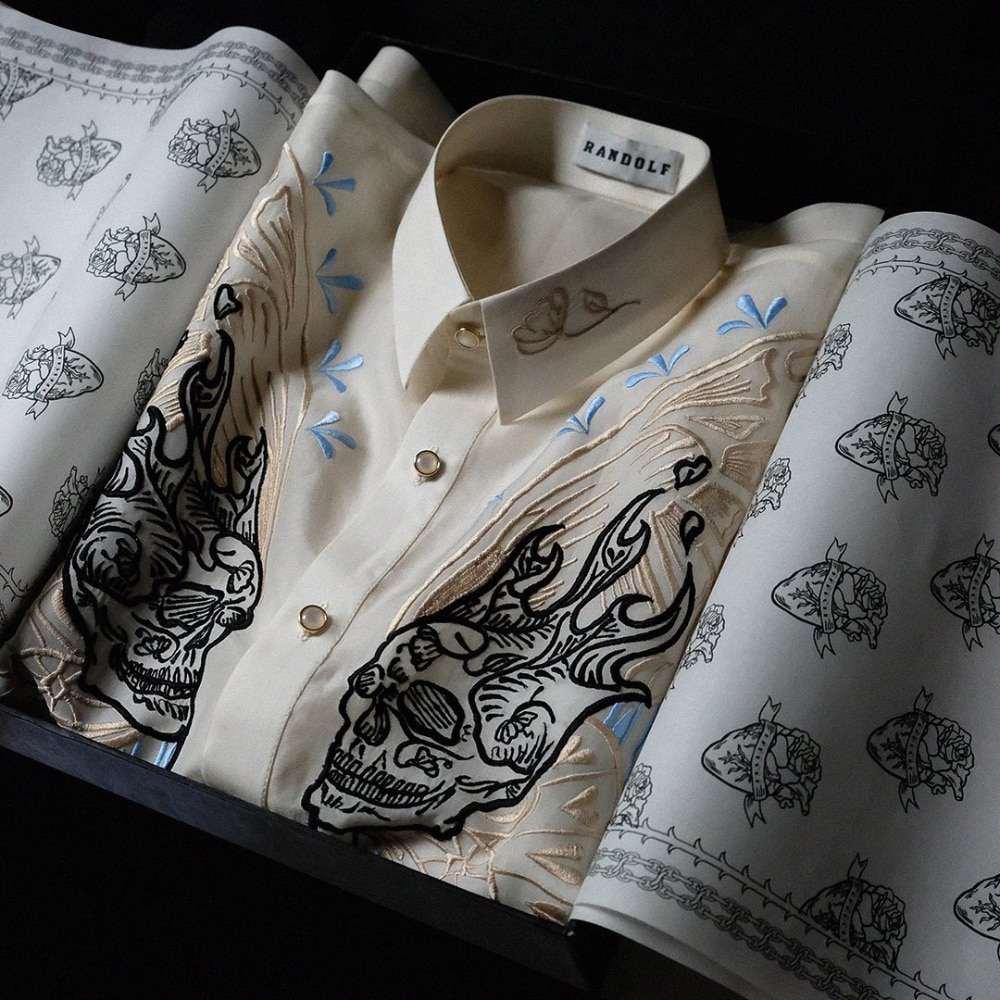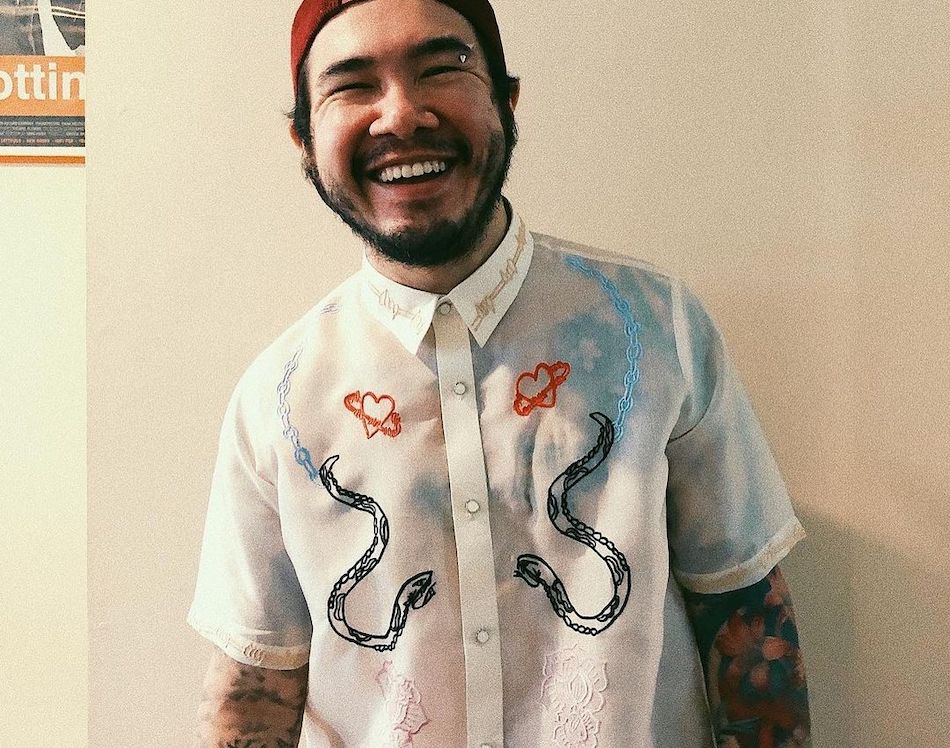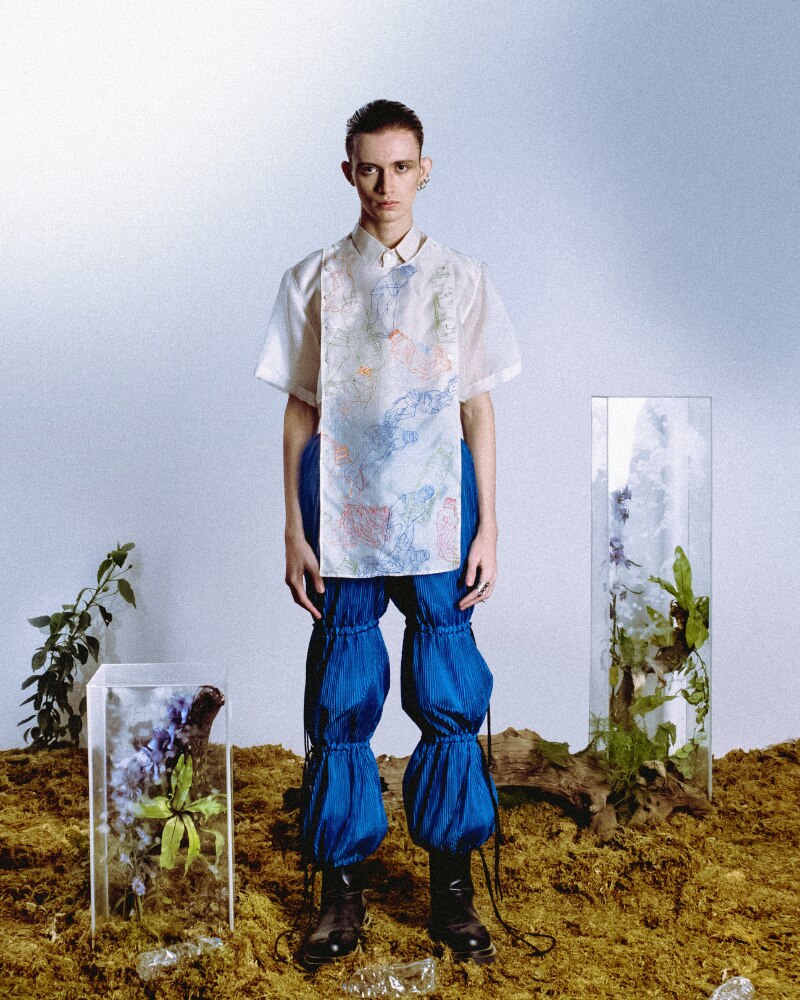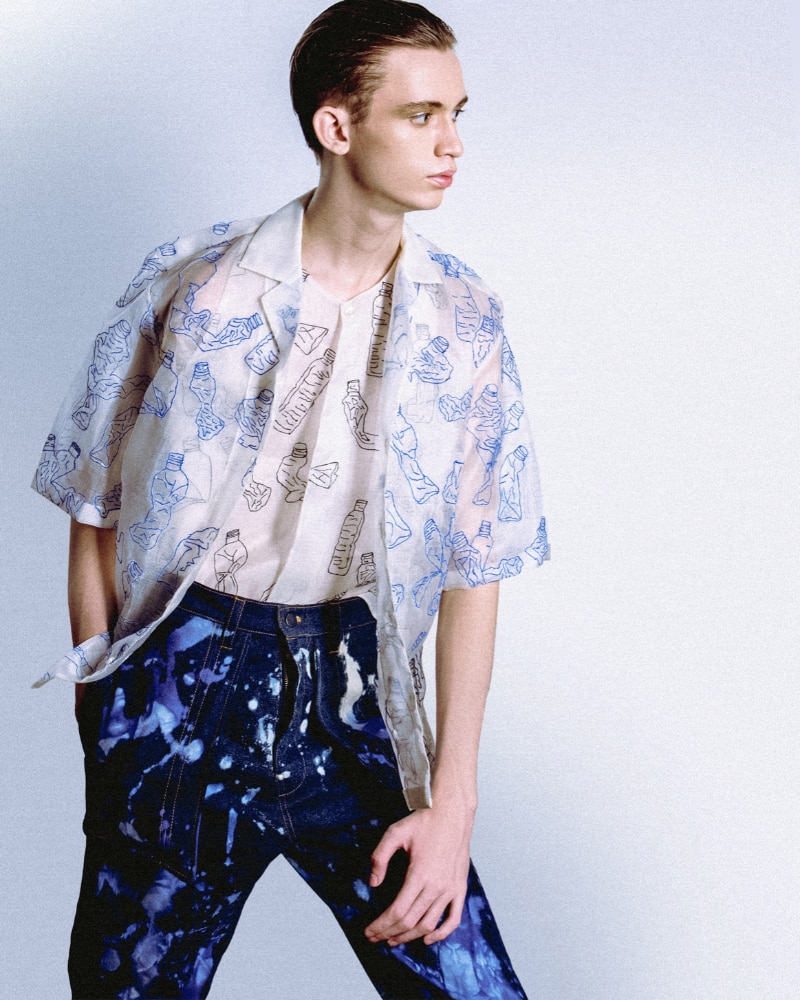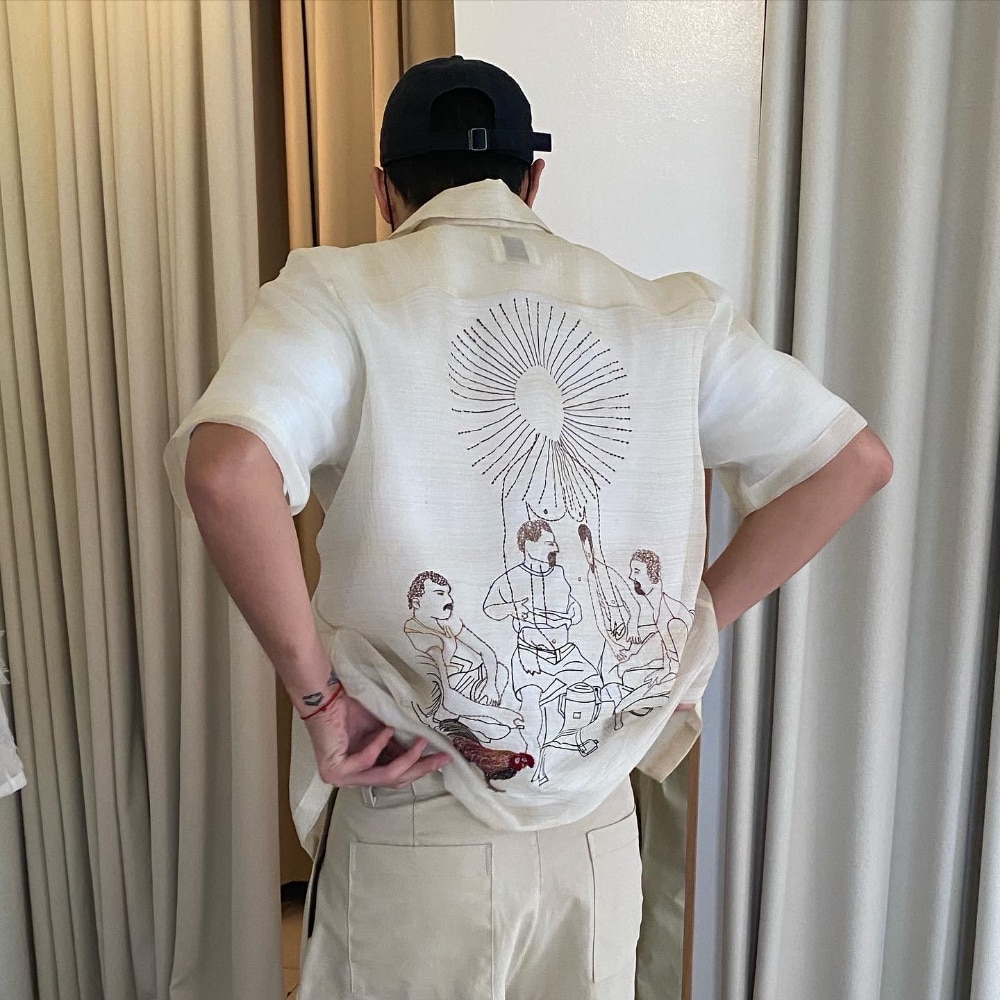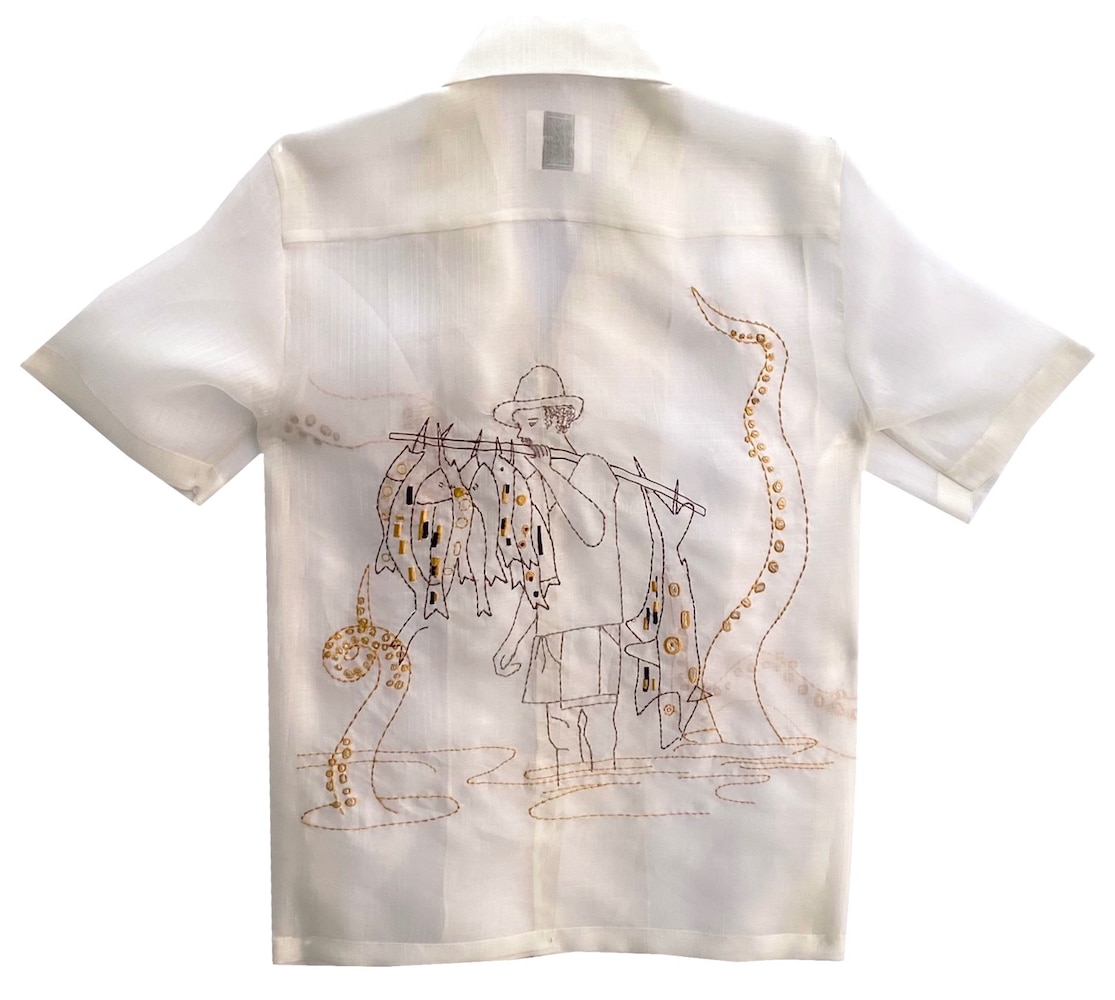The barong Tagalog has not only stood the test of time but continues to evolve in new and exciting ways. Whether made from pricey piña or the more cost-efficient jusi, every generation seems to give birth to a reinvention of this national garment.
The name barong tagalog was coined to distinguish the Filipinos’ native attire from that of our Spanish colonizer’s three-piece European suit. It endured even after the American period and became a symbol of Filipino prestige in the 1950s. Its popularity as a staple formal wear is attributed to President Ramon Magsaysay who always wore the barong for the most important events, starting with his oath taking as president in 1953. Since then, the garment has not only become a distinguishing emblem of our identity but a great expression of national pride.
Through the years, we’ve seen it reinterpreted in different ways, including the figure-skimming Pierre Cardin style created by the Italian Giovanni Sanna. It was made famous by former President Ferdinand Marcos and was even worn by Muhammad Ali when the boxer was in Manila. Even the singer Sammy Davis Jr. once wore the Pierre Cardin barong.
And how about those barongs made from alternating stripes of sheer and shiny fabric that became popular in every kasal, oath taking, Linggo ng Wika program, and Santacruzan in the 1990s? Remember the handpainted ones that also made a mark around the same time?
Today, keeping the barong alive and relevant to the young and fashion-attuned are two designers who push the envelope by introducing innovative ways to wear the garment and experimenting with designs that take the barong from formal to street. By giving it their personal artistic stamp, Kelvin Morales, 26, and RJ Santos, 32, are striking a chord with a new generation of barong-wearers. Their fresh perspectives and modern vision are proving this ancient garb has a place, front and center, in the modern man’s wardrobe.
Embroidered stories
“I like portraying a narrative and telling different stories using embroidery and textile innovation,” says Kelvin Morales who began creating a name for himself straight out of college in 2017 (he’s a graduate of the Fashion Design and Merchandising course at De La Salle-College of St. Benilde).
In the last five years, Morales has produced more than five collections for his eponymous brand (look out for the k/m tag). And of his creations, the barongs seem to be the most popular. He likes to make the garment versatile for contemporary living, infusing it with a casual attitude. But it is his embroidery designs that give it the exuberance that bring the shirt to life.
The near see-thru quality of barong materials makes for a great source of inspiration for Morales. “I’m always fascinated with using the sheerness of the silk cocoon and piña silk,” he says. With these delicate fabrics as his blank canvases, he is able to explore a variety of design themes and deftly transform them into tangible works of art.
Some of the designer’s barong embroidery convey pop culture references, or nostalgia and the Filipino way of life. Some even carry commentary on current issues like climate change. Many begin as doodles, like his BTS-inspired barong where elements of the K-pop group’s Butter album appear to swirl dreamily on delicate silk cocoon. Similarly, a doodle design incorporating titles of popular Filipino love songs easily evoke nostalgia.
His more labor-intensive and precision-obsessed embroidery goes to his barongs that tell stories. There’s the “Manginginom ng Alak” which depicts everyday Filipino farmers drinking after long hours in the field, and his cheeky “Magtataho” which shows a sombrero-sporting naked figure delivering everyone’s favorite breakfast gulp. Both designs incorporate another colorful Pinoy icon—the rooster.
There are no limits to where Morales can take his inspirations. He can bring a Gustav Klimt painting into the world of local fishermen and mermaids resulting in embroidered vignettes that are both unique and surreal. He continues to redefine the classic barong silhouette by experimenting with hand-made appliqués, like in his Phalaenopsis pieces, where squares of sheer fabric embroidered with the image of the said orchid are attached to the barong. The result is a delicate, whimsical piece of Filipino wear, giving the traditional Filipino male shirt a softer touch.
Morales says it usually takes 10 to 28 days to finish a barong—a period that includes designing, material research, embroidery layouts, and sewing. When customizing designs for clients, he tries to deliver something unique but still true to his aesthetic. “I consider myself a contemporary designer. I design for the people who understand the vision and ultimately the design,” he says.
‘Paano gagaguhin?’
Like Morales, it is the sheer and delicate quality of barong fabrics that got RJ Santos of Randolf Clothing to make his own versions of the national garment in the first place.
“I didn’t intentionally want to make a barong,” Santos reveals. “I was more attracted to the fabric. I like its crispness and the see through (quality) na para siyang yung skin ng snake pag nag-shed.” He also likes how embroidery adds depth to the fabric. “Even a simple line embroidery can change the story of the fabric.”
Santos graduated from the University of the Philippines where he initially majored in Fine Arts but eventually shifted to Clothing Technology. It was in an art class that he got introduced to Dadaism and he was intrigued by how the movement embraced irrationality and inanity. “Until now, my thought process involves me thinking ‘paano ko ba ito gagaguhin?,’” he tells ANCX. “I always go back to how I find pop culture funny and how I can lighten it up.”
One would think tattoo designs of black skulls and bleeding human hearts with wings are the last things that should grace a formal piña barong—but in Santos’ head they make perfect sense. So does a monochrome embroidery design playfully inserted with half-hidden Pokémon creatures.
“Personally, hindi ko intention na baguhin yung barong,” the designer says when asked if he finds any challenges to reinventing the Filipino garment. “Kinuha ko yung barong tapos dinala ko siya sa world ko,” explains Santos. “Having said that, may respect pa rin akong ina-apply kasi kahit na hindi ko naman intentionally gustong gawin siyang barong, [pero] at the end of the day, barong pa rin siya.”
Santos uses the brand name Randolf for his business. It is borrowed from his given first name which was originally spelled with a ‘ph’. Again like Morales, Santos began designing right after college—but with part-time jobs that eventually brought him to working in Bangkok. It took a while for Santos to commit to building a brand but when he did, it’s when he started to get noticed and got the opportunity to participate in Tokyo Fashion Week where he first incorporated the barong in his collection.
Today, Santos has built a stable of clients who go to him for customized and personalized barongs. Music plays an integral part in his creative process. “I ask [the client] for a song or playlist that will serve as my inspo. Personally kasi mas nakikilala ko yung tao through their music,” he says. “Music guides me with the total direction and vibe of the barong—yung thickness ng lines, intricacy of details, etc.” Santos’ personal go-to music, meanwhile, are those by artists from the 70s to the 2010s, an admittedly expansive range that includes stuff from The Killers, UTIOG, No Doubt, Bjork, ABBA and Mariah Carey.
Taking it slow
Increasingly, the barongs by Morales and Santos have been showing up in fashion editorials, celebrity shoots, and important occasions. With wedding month upon us and a slew of political events coming up, we’re bound to see more and more of their stuff in real life and social media. Currently, both Morales and Santos are in the middle of finishing their next collections and their followers can expect new narratives for the barong.
“We are living in a fast, digital era and by innovating our classic barong Tagalog, we could tell another story for the next generation,” Morales tells ANCX.
By coming up with new creations, young designers like him and Santos are able to keep the traditional Filipino garment alive and interesting to a younger generation. “The barong Tagalog is an example of slow fashion,” Morales says, dropping what is not only a buzz word among people his age but something that’s of serious importance to a woke clientele aware of the excesses of the fashion industry. “It takes time to finish [a barong]—it is an art piece that you can pass on to the next generation.”
Meanwhile, Santos says it’s important to keep the ‘reinvention’ of the barong organic so ideas are not constrained. “As long as we design more of it, we will not just keep it alive but reinvent it without intentionally trying to reinvent it,” he says. “I prefer it that way—mas organic and mas aligned sa present.”
Photos courtesy of Kelvin Morales and RJ Santos.


